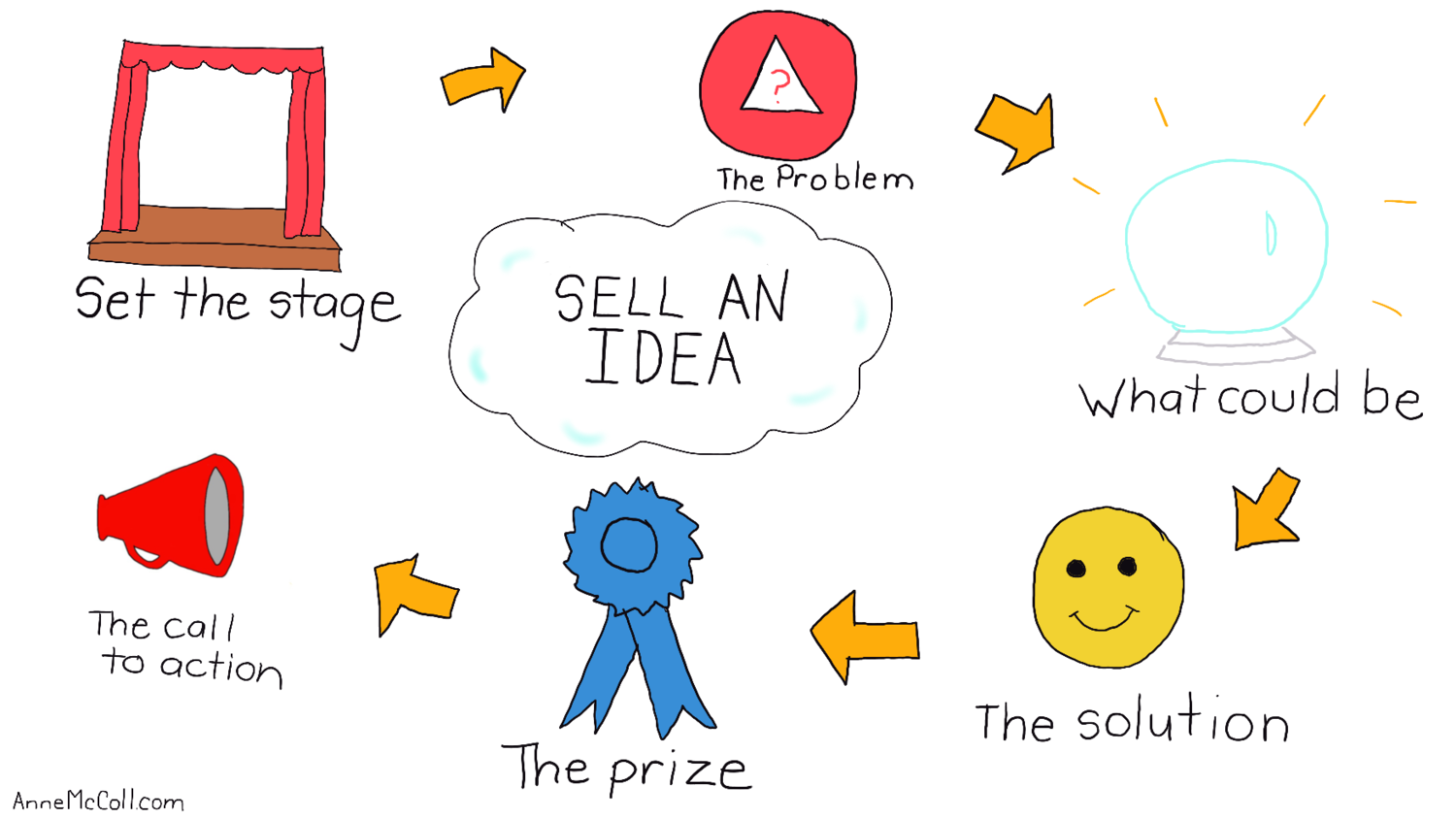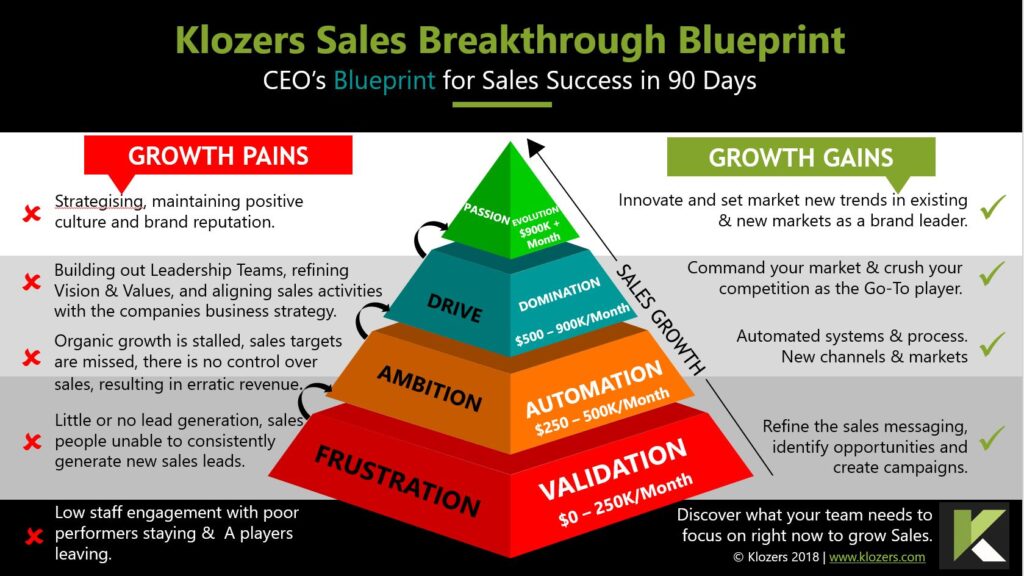How To Sell An Idea To A Big Company

Landing a groundbreaking idea inside a corporate behemoth can feel like scaling Everest. But entrepreneurs and innovators are finding new routes to get their concepts past the gatekeepers and into the boardroom.
Cracking the Corporate Code: Getting Your Idea Heard
Breaking into a major company requires strategic preparation, targeted communication, and relentless persistence. These tips are designed to help you navigate the complexities of corporate decision-making and present your idea effectively.
1. Know Your Audience and Their Needs
Research the company meticulously. Understand their current initiatives, pain points, and strategic goals. This intelligence allows you to tailor your pitch to directly address their specific needs.
"The more you know about the company's internal landscape, the better equipped you are to position your idea as a solution," says Dr. Anya Sharma, a leading innovation consultant.
2. Identify the Right Gatekeeper
Target the individual or department with the authority to champion your idea. LinkedIn and industry events are great resources for finding the right contact. Cold outreach can work, but referrals are always preferable.
3. Craft a Concise and Compelling Pitch
Your initial pitch should be brief and focused on the core value proposition. Ditch the jargon and focus on tangible benefits. Numbers speak louder than words - quantify the potential ROI whenever possible.
82% of executives prefer pitches that are clear, concise, and data-driven, according to a recent study by the Harvard Business Review.
4. The Power of the One-Pager
Develop a one-page document summarizing your idea, the problem it solves, and the potential impact. Include key metrics, market analysis, and a clear call to action. Make it visually appealing and easy to digest.
5. Leverage the Art of Storytelling
Frame your idea as a compelling narrative. Connect with your audience on an emotional level by illustrating the positive outcomes your idea will create. This can be more powerful than dry facts and figures.
6. Be Prepared for Pushback
Anticipate potential objections and prepare thoughtful responses. Address concerns about feasibility, cost, and integration proactively. Showing that you've considered potential challenges demonstrates thoroughness and credibility.
7. Prototype and Prove
A functional prototype, even a basic one, can significantly increase your chances of success. Demonstrating that your idea is viable and showing early results can be incredibly persuasive. Data from successful pilot programs are gold.
8. Persistence is Key
Don't be discouraged by initial rejections. Follow up politely and persistently. Refine your pitch based on feedback and continue to seek opportunities to present your idea.
Remember: "No" often just means "Not yet."
9. Focus on Collaboration
Frame your idea as a collaborative effort. Emphasize how your solution can integrate with existing systems and benefit multiple departments. This fosters a sense of ownership and encourages buy-in across the organization.
10. Legal Considerations
Protect your intellectual property before sharing sensitive information. Consider signing a non-disclosure agreement (NDA) to safeguard your idea. Consult with a legal professional to ensure your rights are protected.
The Road Ahead
Selling an idea to a big company is a marathon, not a sprint. By following these steps, you can increase your chances of getting your groundbreaking concept from the drawing board to the marketplace. Stay tuned for updates on successful innovation stories and expert insights.


















